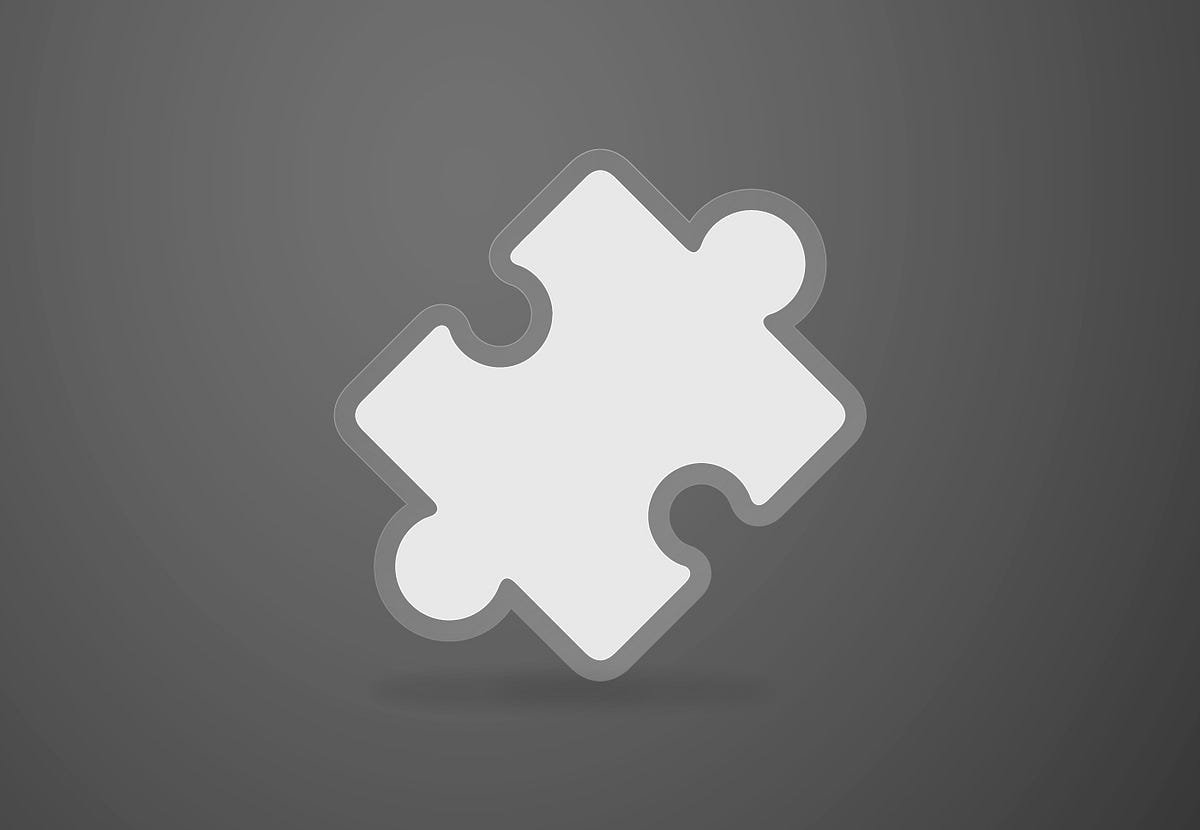In recent years, attention deficit hyperactivity disorder (ADHD) has gained significant attention, often associated with heightened energy and impulsivity. While ADHD is a legitimate condition for many, it is essential to recognize that some individuals possess traits that align with ADHD characteristics, such as being proactive and multitasking effectively. The fast-paced, hyper-connected world today amplifies these traits, leading many to feel overwhelmed and mentally exhausted.
Rather than attempting to suppress these natural tendencies, a more effective approach is to find balance. A solid productivity system can be an essential tool in this process. For individuals with ADHD-like tendencies, this system serves as a supportive framework that brings order and clarity to their often chaotic thoughts and actions.
The concept of “one brain, two parts” explains the dynamic between the reactive, emotional self and the organized, strategic aspects of one’s mind. The productivity system acts as a digital counterpart—holding plans, priorities, and guiding the individual back to focus when distractions arise. This partnership allows for enhanced attention and reduces feelings of overwhelm, ultimately fostering a sense of peace.
Through years of working with professionals, it has become evident that many work environments do not align with the natural functioning of these brains. The traditional workplace often imposes structure that can feel restrictive, similar to forcing a square peg into a round hole. Many professionals report feeling out of control, which has prompted the development of personal productivity systems tailored to their unique cognitive styles.
For example, an entrepreneur with ADHD might utilize time-blocking techniques—allocating specific time slots for tasks—to harness their energy efficiently. By prioritizing tasks and breaking them down into manageable steps, they can maintain focus and accomplish more without becoming overwhelmed. This system allows them to capitalize on their strengths while minimizing the challenges associated with their ADHD traits.
Furthermore, these personalized productivity systems often include digital tools, such as project management apps or digital calendars, which help in organizing tasks and setting reminders. Studies show that individuals who implement structured systems report a 30% increase in task completion rates and a notable decrease in stress levels.
In summary, the key to thriving with ADHD tendencies is not to fight these traits but to channel them into a productive system that works. By embracing structure and creating a supportive environment, individuals can transform potential struggles into strengths, allowing them to excel in their personal and professional lives.



